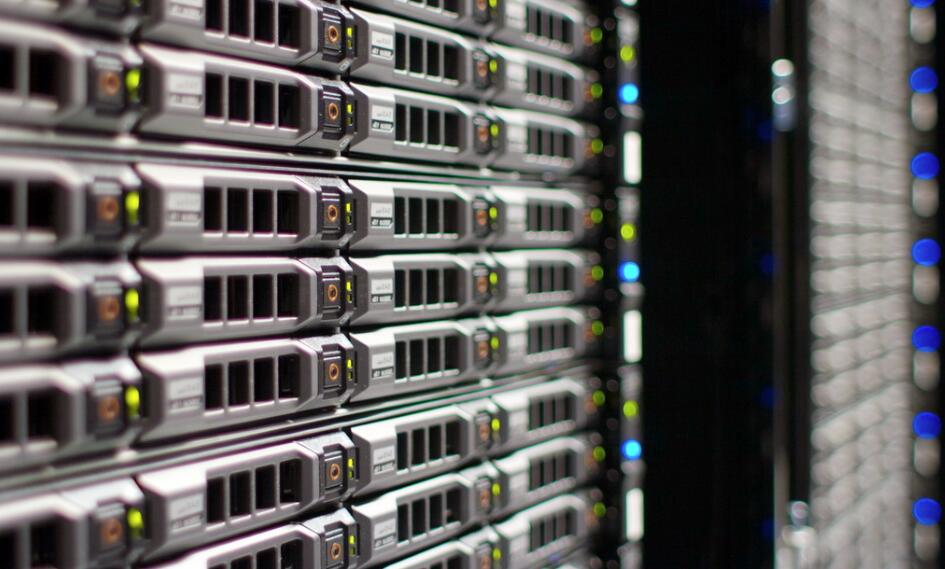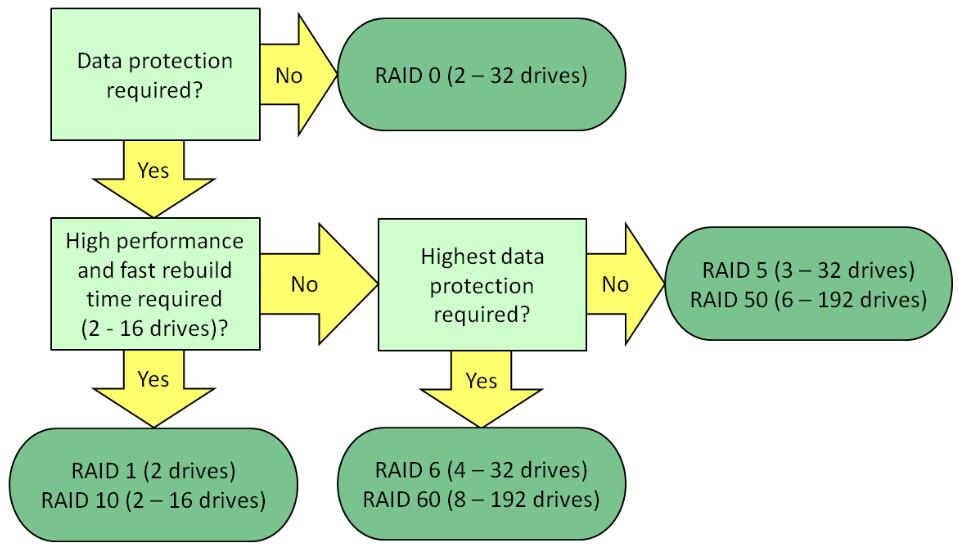GET YOUR SERVER ROCK!
What'S RAID and how can we rock them?

RAID is a technology that's utilized to grow the operation and reliability of information storage. A RAID system includes a few drives operating in parallel. These discs can be hard disks, but there's a tendency to also utilize the technologies to SSD (solid state drives). These are not patterned by a business team or standardization committee. This explains why businesses occasionally produce their own special numbers and implementations.

History of RAID
Although this report was the first to set a name into the idea, using redundant disks was being discussed by other people. IBM's Norman Ken Ouchi registered a patent in 1977 for its tech, which was afterward called RAID 4. Back in 1983, Digital Equipment Corp. sent the forces which could eventually become RAID 1, and also in 1986, yet another IBM patent has been registered for what could eventually become RAID 5.
While the degree of RAID recorded from the 1988 report basically set names to technology which were already being used, developing a frequent language for the concept helped excite the information storage marketplace to create more RAID array solutions.
According to Katz, the expression cheap from the acronym was shortly replaced with separate by business vendors on account of the consequences of reduced expenses.
Is RAID appropriate for you?
Short answer: It is ideal for everybody. Basically, physical storage has become cheaper and cheaper as we proceed, so the startup price for a RAID array is a whole lot lower than it had been from the 80s. It is a superb backup option, and as an increasing number of cloud storage providers become hacked and their solitude gets suspicious at best, home your personal data is becoming more and more sensible. You are also then averting the charges and hints and that comes with a cloud-based storage alternative.
If you are a skilled or hobbyist who works with lots of large documents, such as HD video, audio, or other style jobs, then the rate and reliability of RAID are ideal for you. You just need to determine if you would like total redundancy and reliability using RAID 1 or a mix of reliability and performance using RAID 5. Everything depends on your aims.
If you are thinking of picking up the newest iMac Guru, then a RAID selection could possibly be the great local storage and hard disk performance alternative to most of the pro-level shenanigans you are likely to enter. Additionally, you can not update your iMac Guru's storage after the truth, and a RAID array is an increasingly cheap way to store considerable quantities of information, freeing up your iMac Guru's storage, unburdening its functionality.

- RAID 0 is about functionality, using what is called striping, in which information is divided into fragments and written across several drives, kind of handling them as a single giant driveway. Let us assume we have a set up with four hard disks. The operation advantage comes from the fact you are getting huge throughput--it is like moving from 1 lane into four, as you're composing and obtaining all four forces in parallel. It is for pros and crazies managing huge files, such as HD video editing. The drawback is that if one of those hard drives fails, you eliminate everything. Each file is currently incomplete. It is not technically RAID as there's no recourse happening --maybe thus the zero. You want at least two discs for this.
- RAID 1 is the principal configuration most beginners must learn about. It mirrors or writes, information to multiple discs, which means you have got multiple hard drives which are precisely the same. Evidently, this is fantastic for information reliability, because if a person fails, you have got another. If you do not have an independent disc controller or host adapter for the disc, however, performance could be sort of crummy attempting to write to the discs concurrently, and functionality is not likely to be as great as a striped RAID configuration, of course. In addition to this, you need to purchase two 500GB disks simply to find 500GB of storage, so that it will get somewhat pricey, too. Safety first! You want at least two discs here.
- RAID 2 stripes information such as RAID 0, but in an even smaller amount (pieces rather than cubes ) and utilizes extra hard drives and what is named Hamming code for error protection and parity that permits it to recover corrupt info. Guess what? Nobody uses it anymore, as it needs a ridiculous number of discs.
- RAID 3 stripes data across multiple drives also, but in the byte level, also it's one disk specializing in data parity and error correction. Due to the byte level divide, all of the drives operate together simultaneously as a single unit, so it may only do you one read or write operation at one time. You need three or more discs for this particular celebration.
- RAID 4 is still a striping+parity disc setup also, but in the bigger block level, so discs can be independent, and also you may have many read operations in various areas moving on. As you're only having one disk for parity, which needs to be written to every single time you write information, it is still possible to just have one write operation happening at a time.
- RAID 5 is where a lot of the NAS at a box activity is now if you are not rolling with RAID 1 and also attempts to supply the best of RAID worlds--functionality and redundancy--by simply blending the numerous arrangements. It stripes data across various HDD, but instead of simply dumping parity data on a single driveway, it spreads it around each the hard drives also, meaning there is no bottleneck from composing parity data. (Though composing parity information remains kind of a drag) Within this setup, you can lose one hard disk and be fine, lose more should with raid 5 data recovery
because this drive's parity information is on another disc drive. Regrettably, there is some concern regarding its odds of collapse during the next year since hard drives grow in size and also the system expands. Three discs get you into the door. - RAID6 is alike to RAID5, but it uses two discs for parity and correction that are set up so that if one of those drives bombs out through data retrieval, the machine keeps chugging. Evidently, you want yet another disc than RAID 5, which makes minimum four.
- In RAID 0+1, you have a pair of drives which striped in a RAID 0 setup (so they are behaving like one hard disk ) and you then mirror them in a RAID 1 set up, which means that you get some redundancy. Therefore, in the event that you've got a set of RAID 0 drives, then you would be reflecting those disk for a total of 4 units. With hard drives getting inexpensive, the military of hard drives you want to make this happen is simpler to begin, so you may see more of it.
For ordinary net geek men and women, the very best way to consider RAID is in order to reliably store a massive bank of information (that most of us have now with photographs, videos, audio and much more ) with additional protection from physical hard disk failure. You may still completely lose a whole RAID array by means of a virus or unintentionally overwriting it.